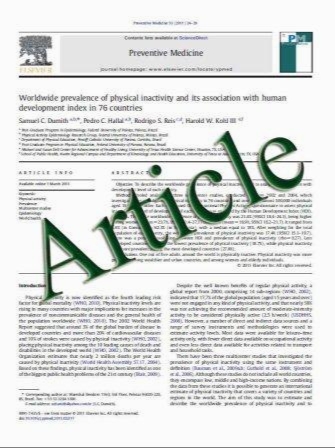Controversies in RELN/reelin expression in otosclerosis
- نوع فایل : کتاب
- زبان : انگلیسی
- مؤلف : Péter Csomor · Istvلn Sziklai · Tamلs Karosi
- چاپ و سال / کشور: 2011
Description
Several studies have reported a potential genetic association between disease-speciWc single nucleotide polymorphism (SNPs) of RELN and otosclerosis and conWrmed RELN expression in human stapes footplates. These are conXicting results, since RELN expression has been attributed exclusively to neural tissues and to odontoblasts. Otosclerosis is a disease of complex bone remodeling disorder, which is limited to the human otic capsule. Genetic predisposition has long been suspected, however, the pathogenesis remained unclear. Ankylotic stapes footplates (n = 85), cortical bone fragments (n = 4), hearing ossicles (n = 2) and human brain tissue specimens (n = 4) were processed to RELN-speciWc RT-PCR and reelin-speciWc immunoXuorescent assay (IFA). The Wrst group of ankylotic stapes footplates (n = 22) showed a consistent positive reaction against reelin by IFA; however, RELN-speciWc mRNA could not be detected in the second, RT-PCR group (n = 63). Brain specimens were characterized by robust expression of reelin (n = 2) and RELN-speciWc mRNA (n = 2). In case of bone-speciWc controls (n = 6), reelin/ RELN expression was excluded obviously. Concerning current observations, RELN gene does not show active expression in adult stapes footplates. Since, the otic capsule surrounds a special neural structure (membranous labyrinth), reelin might play a coordinative role in the early embryonic stage of development. As being a part of the otic capsule, stapes footplate might be characterized by persisting reelin detectability without mRNA expression. Between these conditions, the etiologic role of RELN is questionable in the pathogenesis of otosclerosis.
Eur Arch Otorhinolaryngol DOI 10.1007/s00405-011-1653-4, Received: 1 February 2011 / Accepted: 20 May 2011


